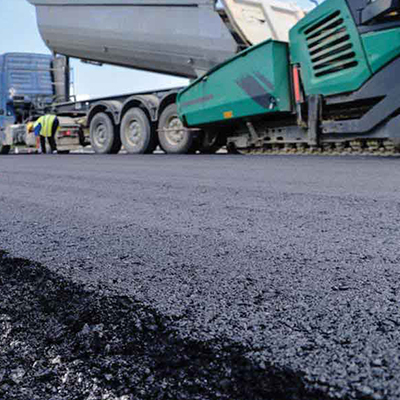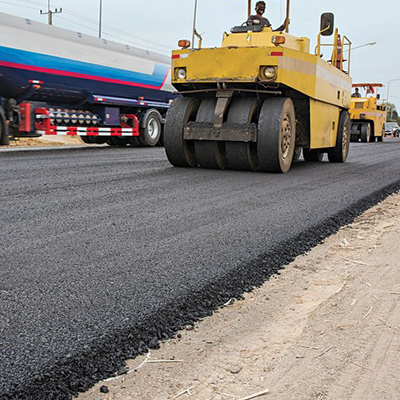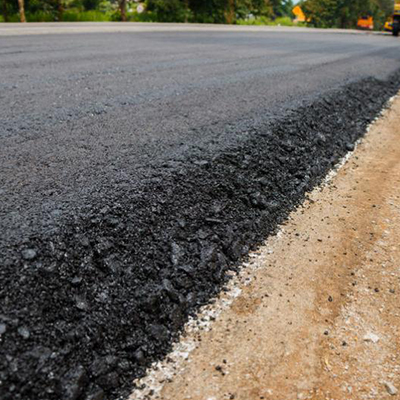In situ stabilization of degraded road pavements using cementitious binders is presented as a viable alternative to reconstruction and overlay. The quantity of binder depends on the design requirements of the pavement, but relatively small quantities of 3–6% may be suitable for pavements with light to medium traffic. Pavements with high traffic may be catered for by a higher level of binder content, by using deeper lift of recycling, or by a combination of both. The laboratory results as well as field testing highlight that pavement stabilized with slag blends can work effectively in comparison to the traditional binder, GP cement. In addition to the recycling of old pavement materials, this use has the advantage of using waste products in place of GP cement, reducing the pressure on global CO2 emissions.
Accelerated loading can be used to assess the pavement performance under field conditions; however, to get maximum results, the tests should be properly planned, instrumented, and analyzed. The important aspects of the design of these pavements were highlighted, which include the design against traffic and environmental loading. Although the emphasis so far has been placed on traffic loading that can lead to fatigue failure of the materials, it was identified that the environmental loading in the forms of moisture influence and thermal and drying shrinkage can cause pavement to deteriorate and can exacerbate pavement deterioration due to traffic loading. A conceptual approach for incorporating environmental loading in the design of these pavements was outlined, but this should be followed by future research efforts. Other factors, such as erodibility, chemical attack due to salt crystallization, and potential chemical leaching and generation, are identified as important but not discussed in detail here. A comprehensive scientific basis required for the analysis of these issues is already available in other disciplines, such as in material science, geomechanics, and environmental engineering. Therefore, it is a matter for the pavement fraternity of road authorities, councils, industry, research bodies, and universities to participate in this research effort to advance this technology to make it an even more environmentally prudent and economically sustainable approach for pavement rehabilitation.




